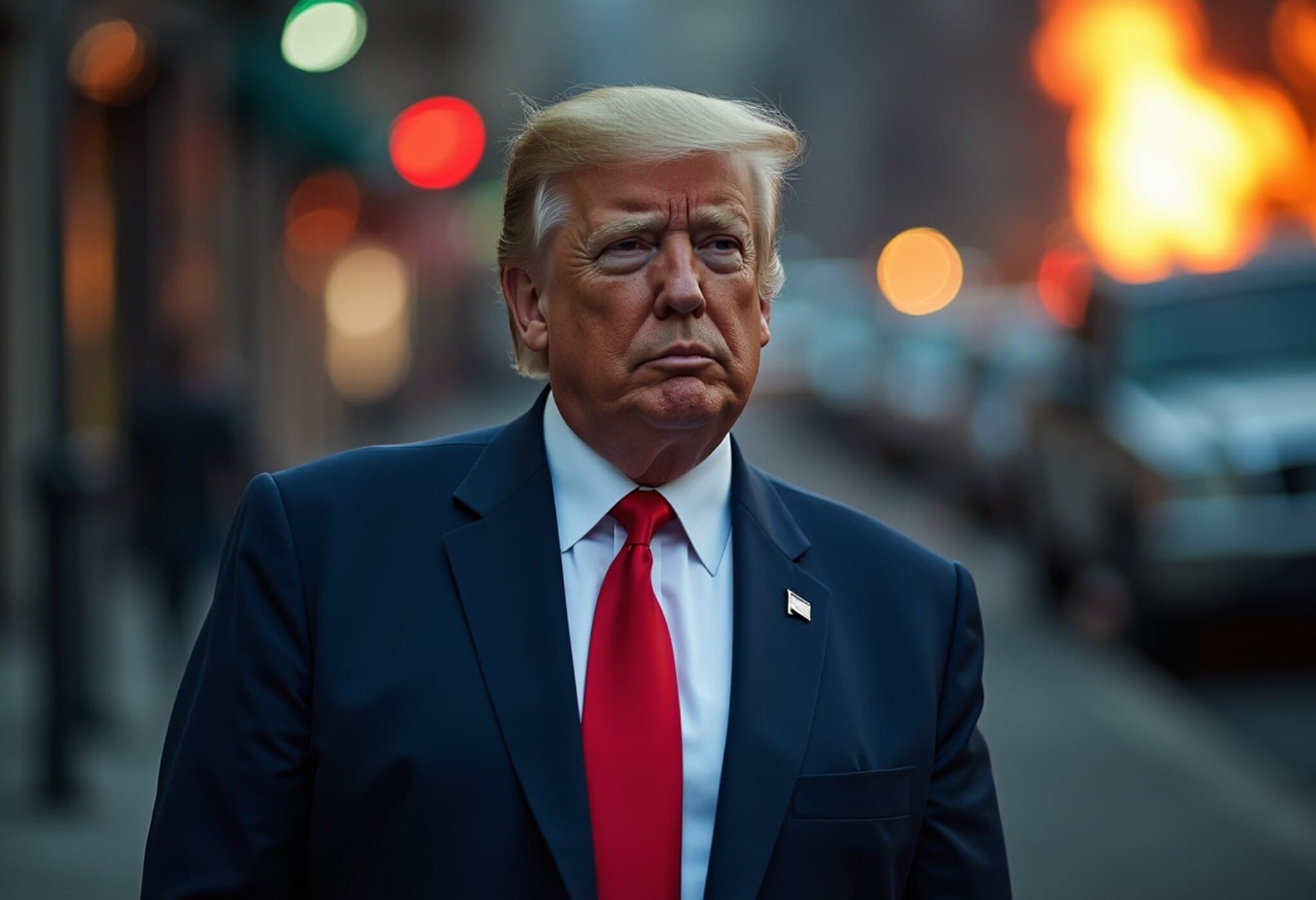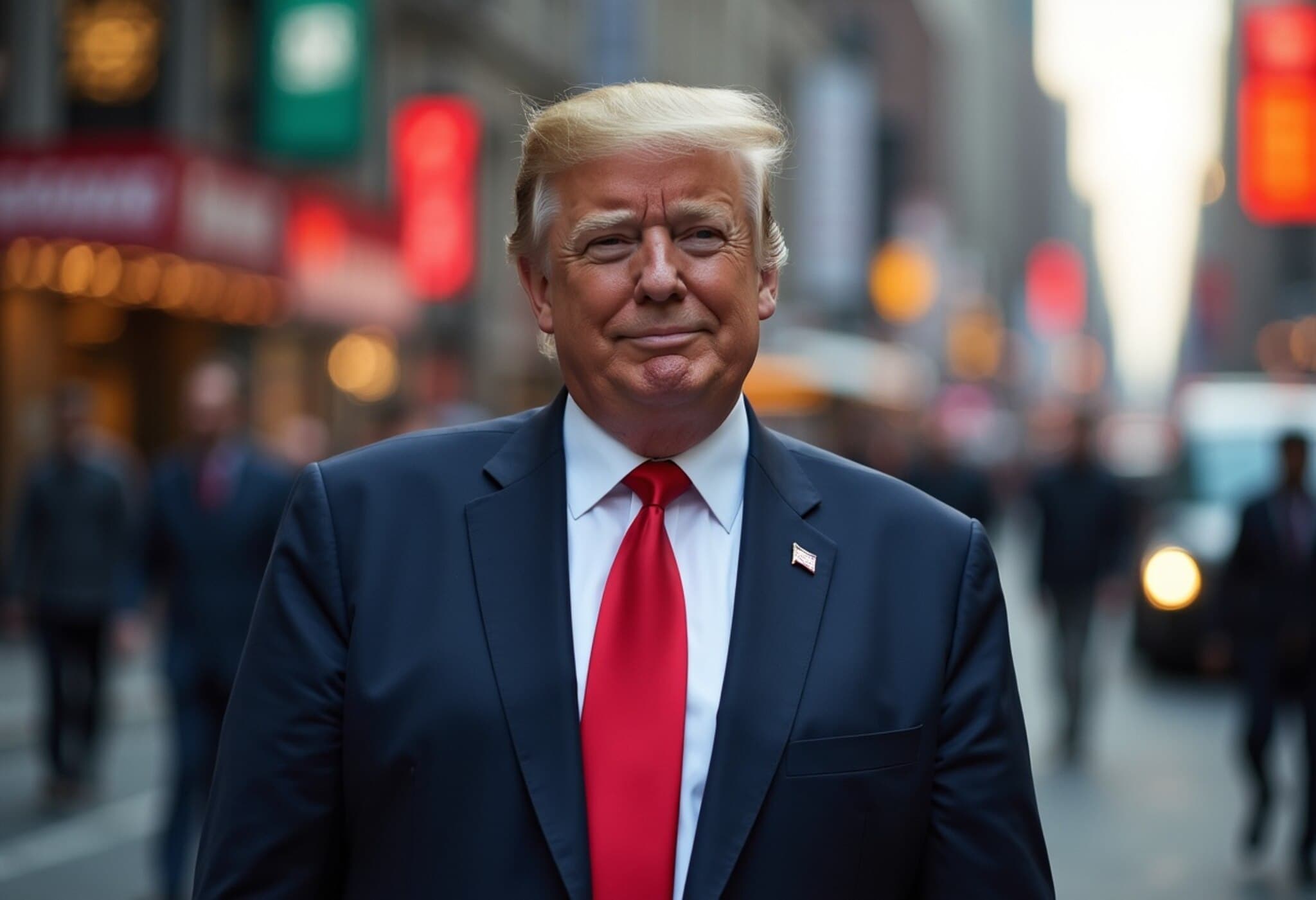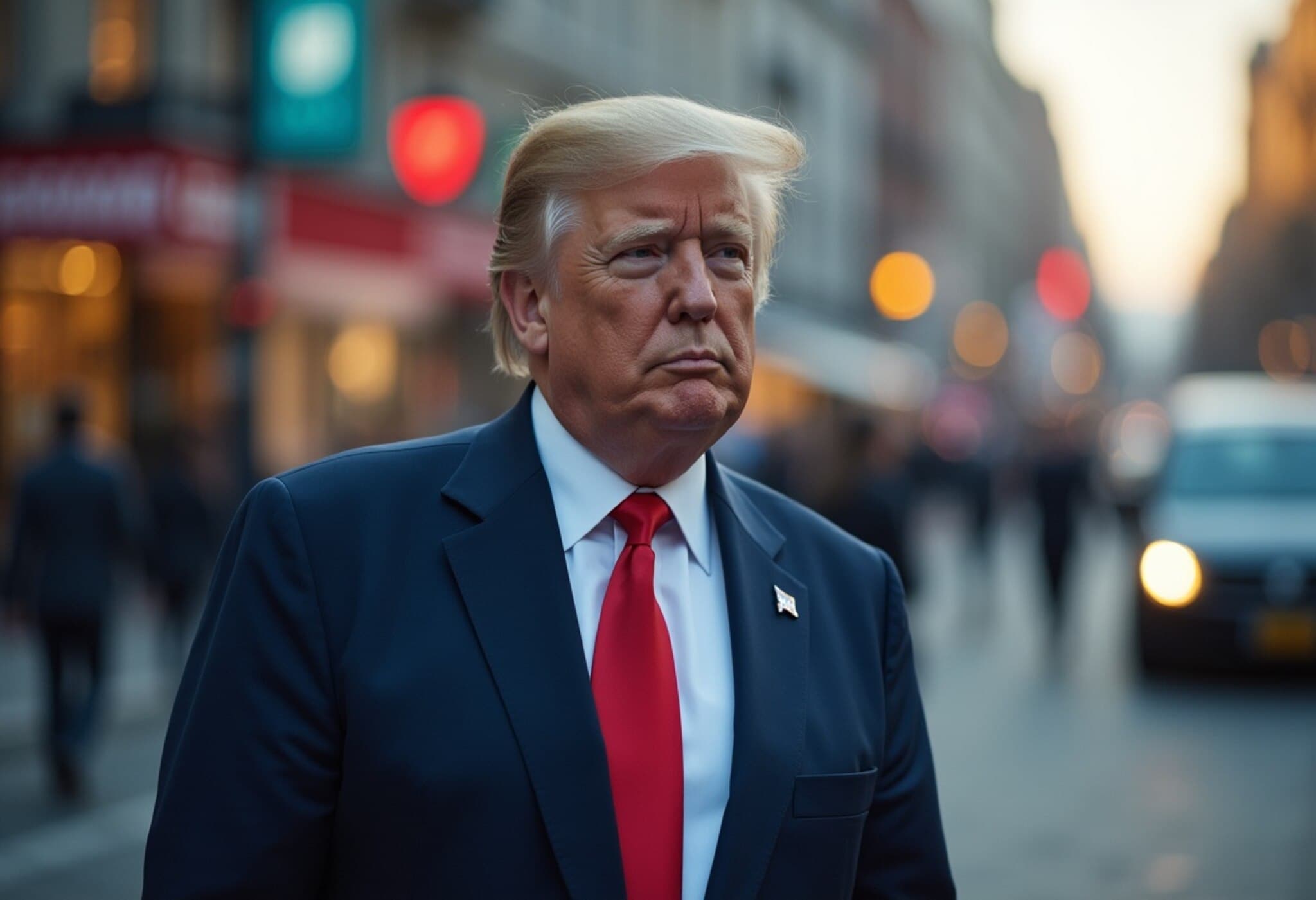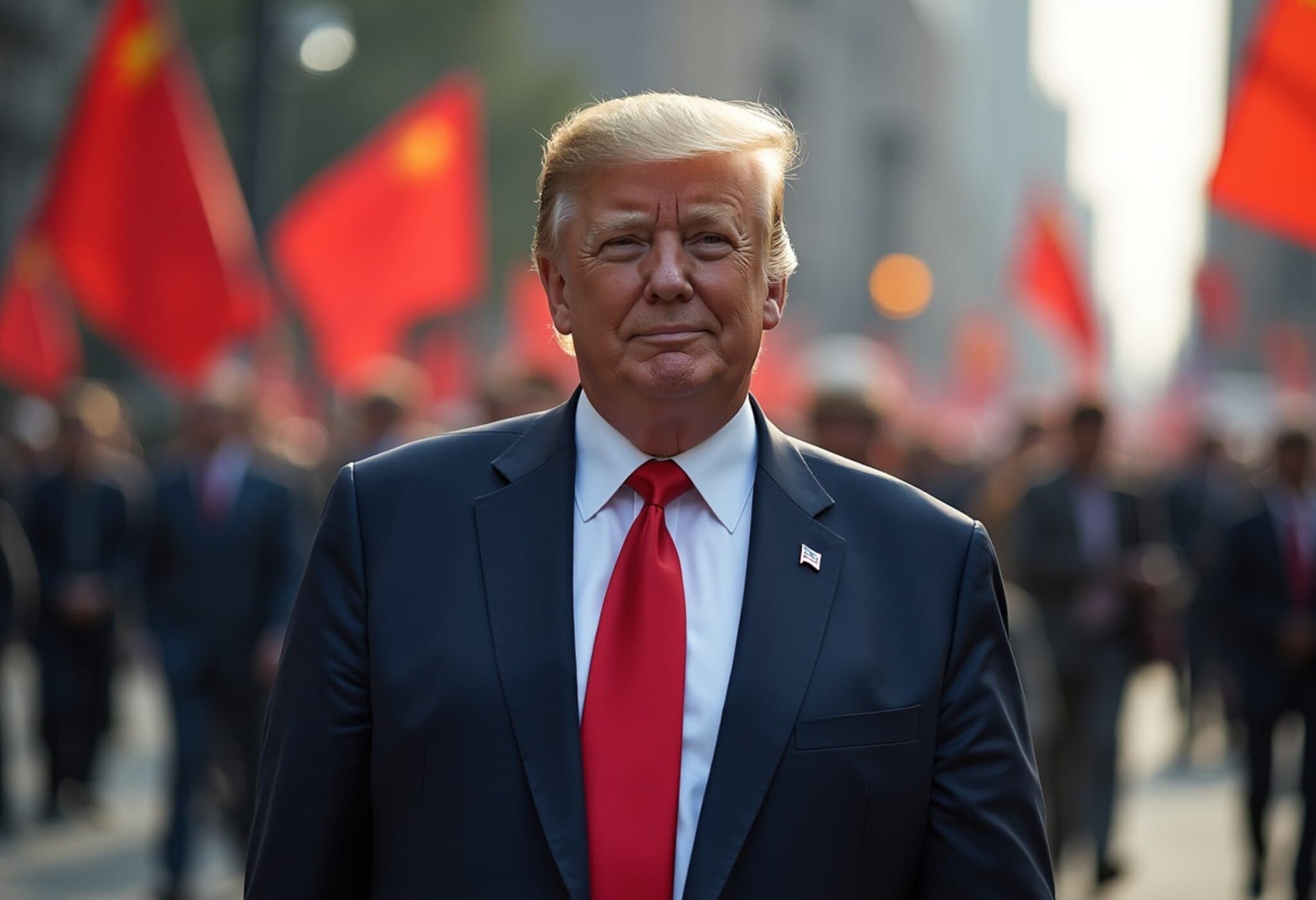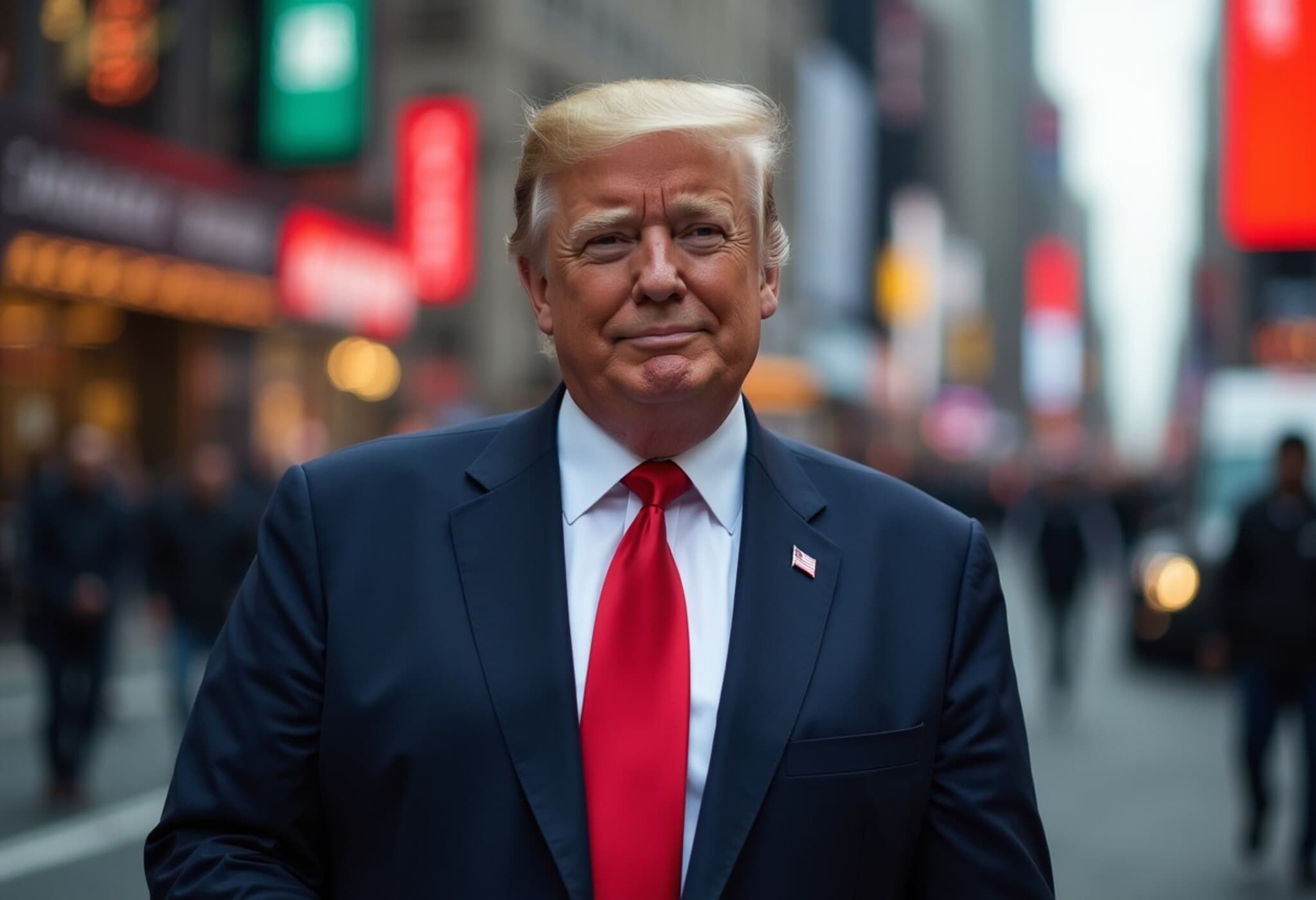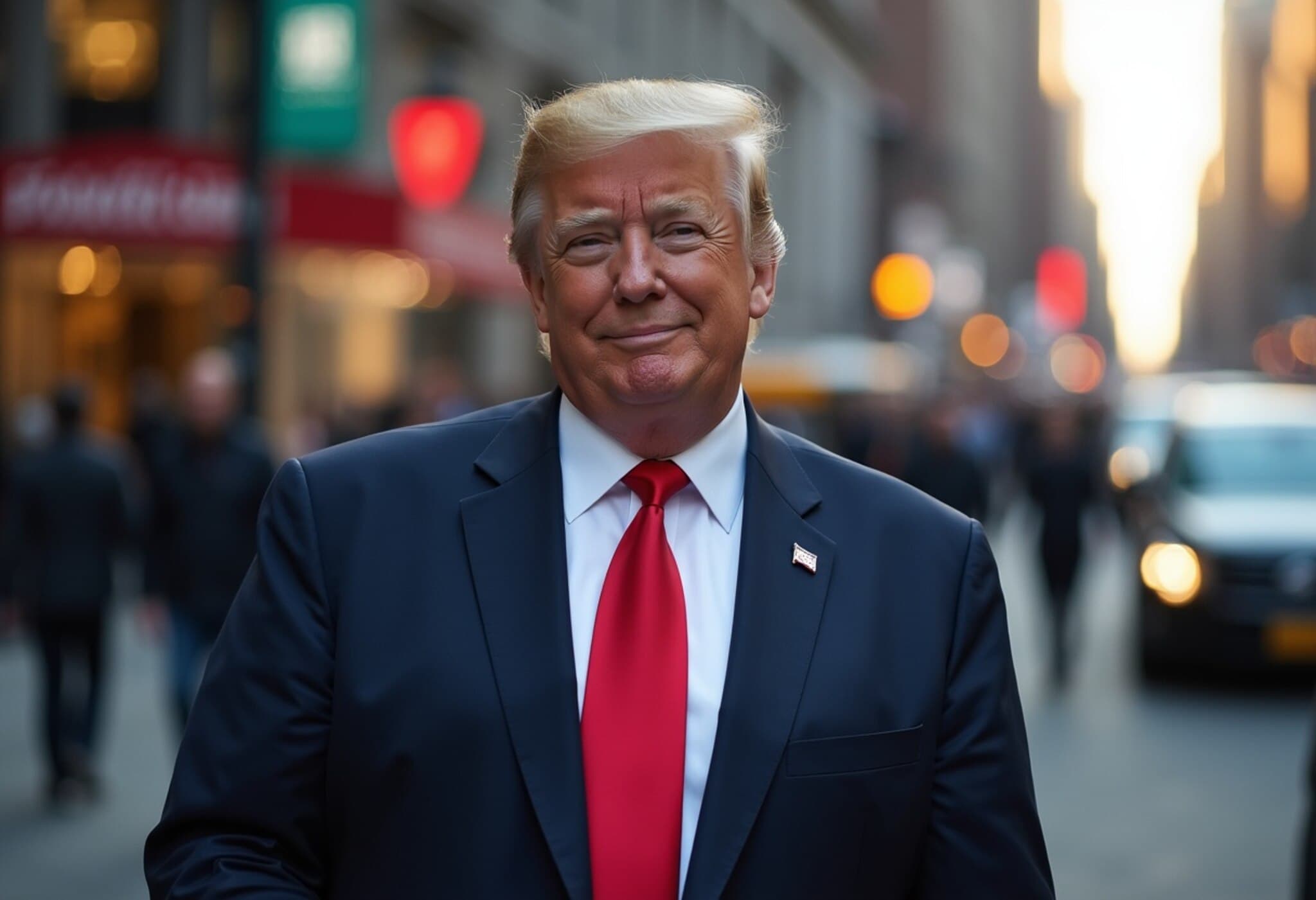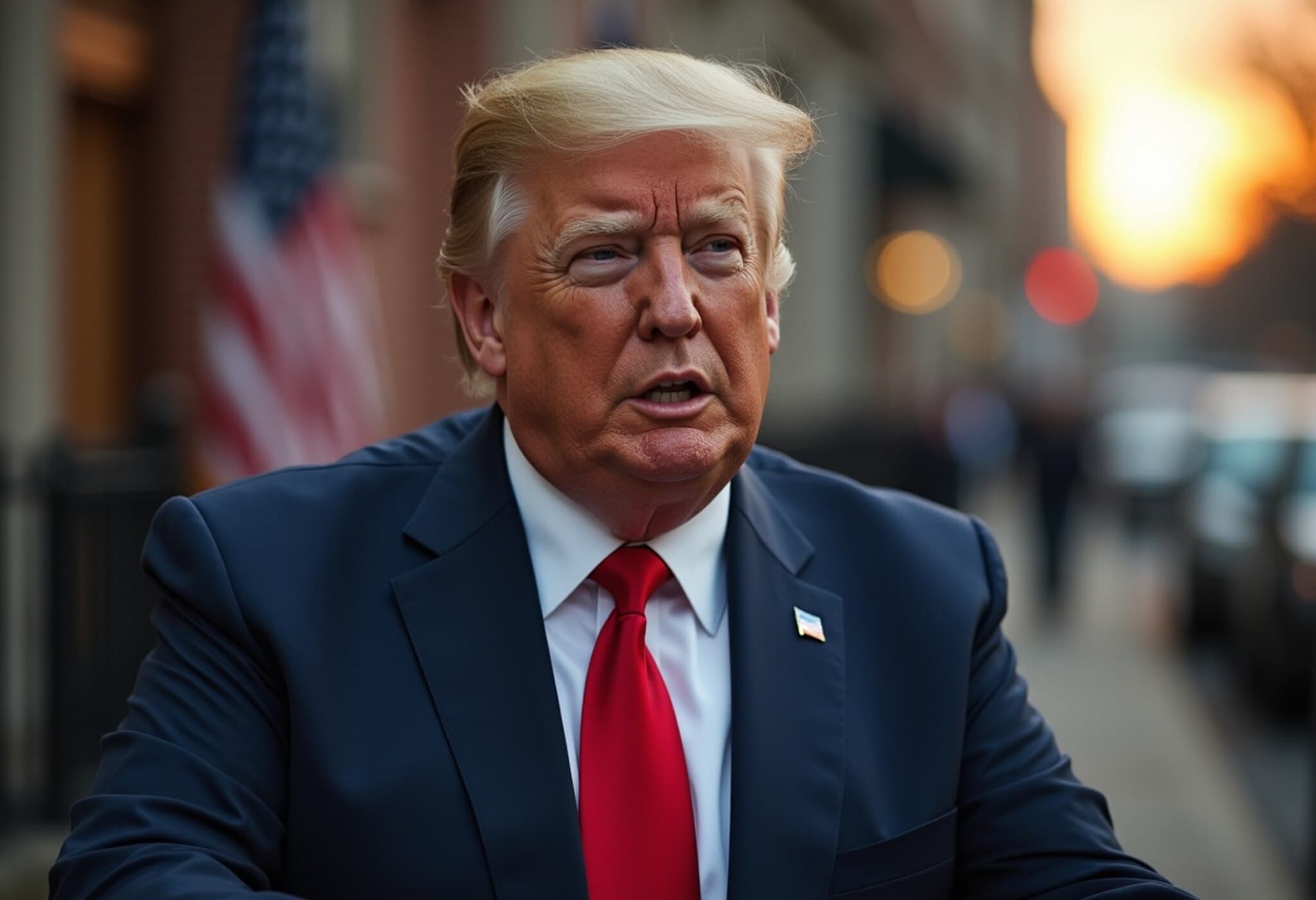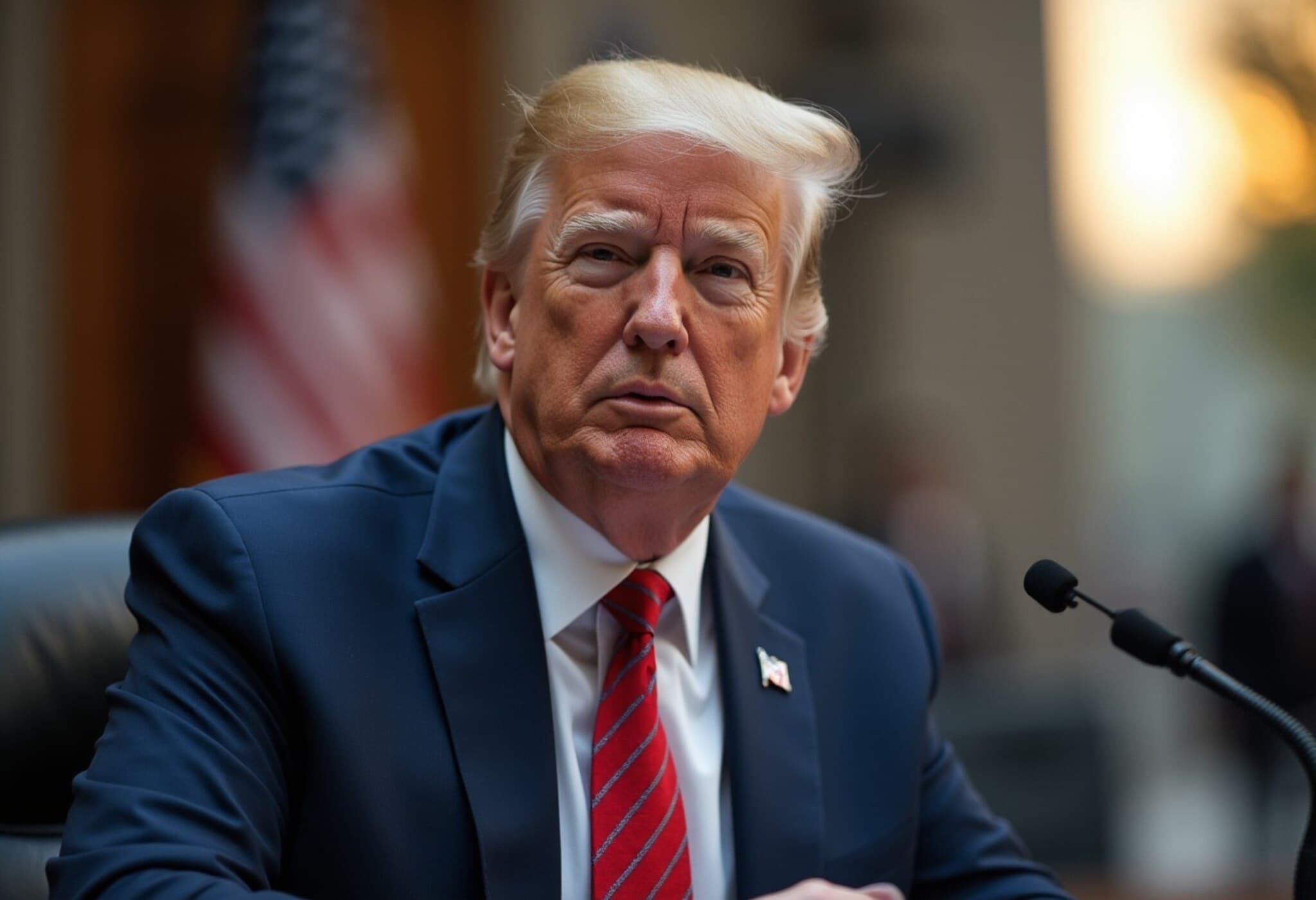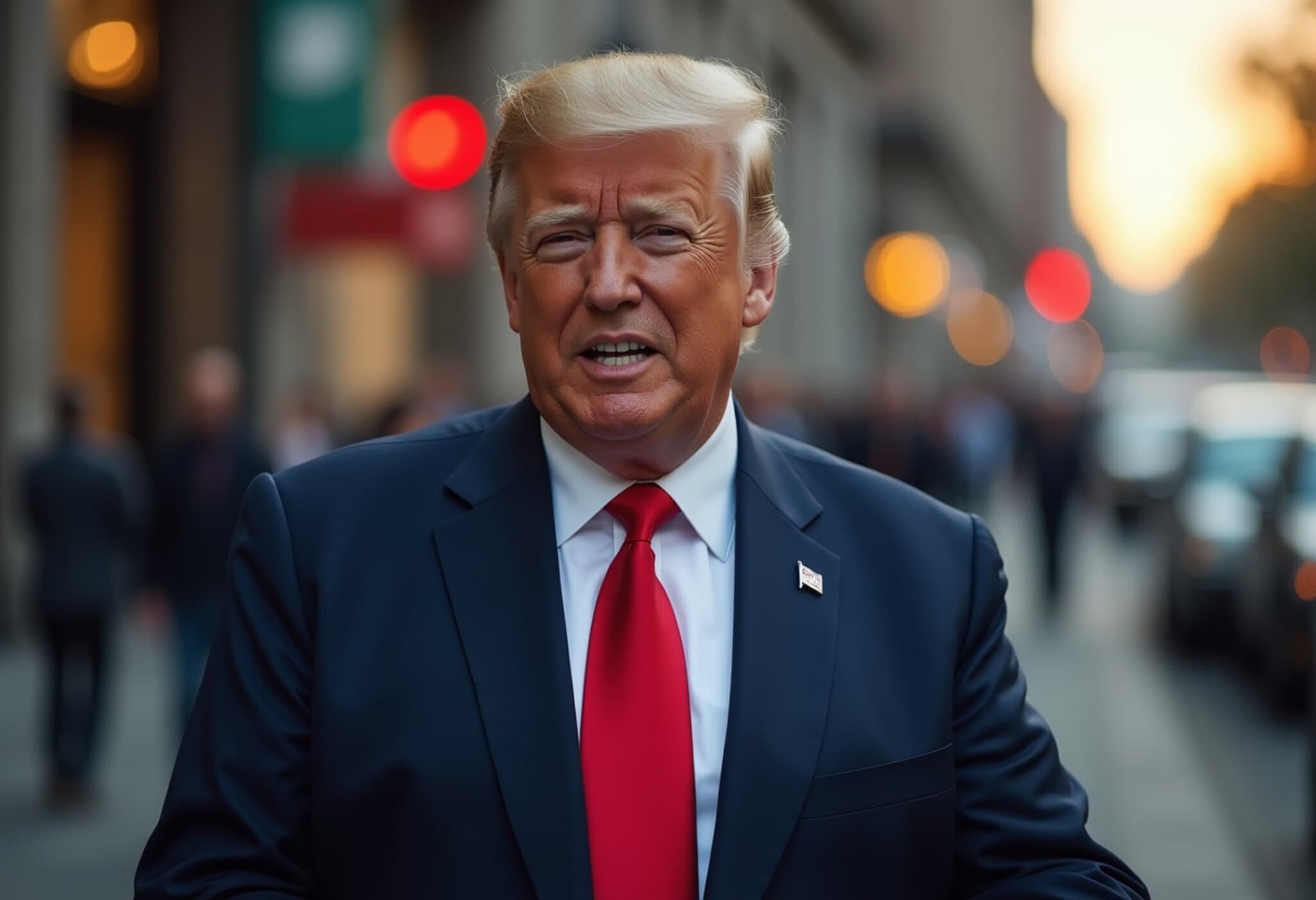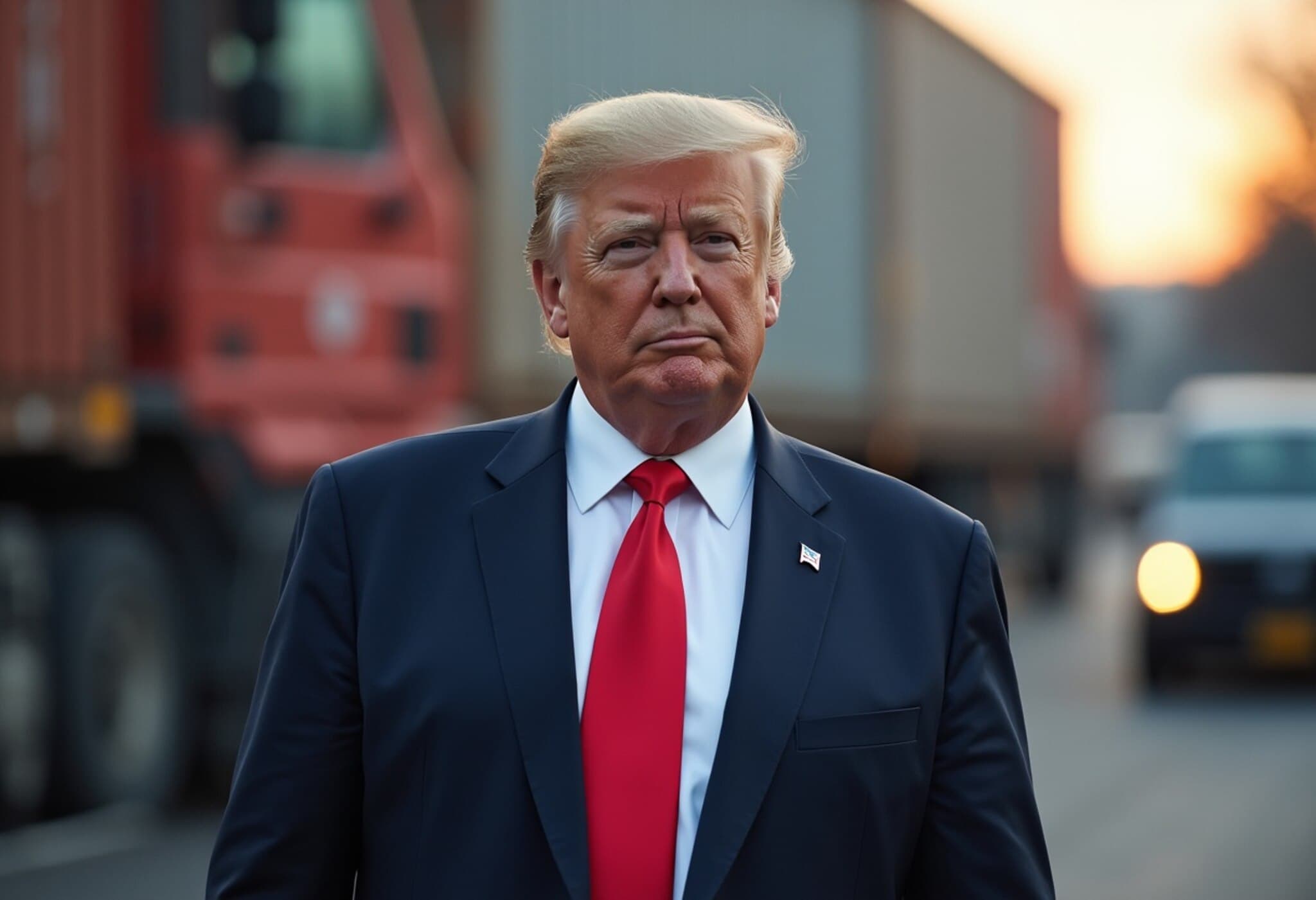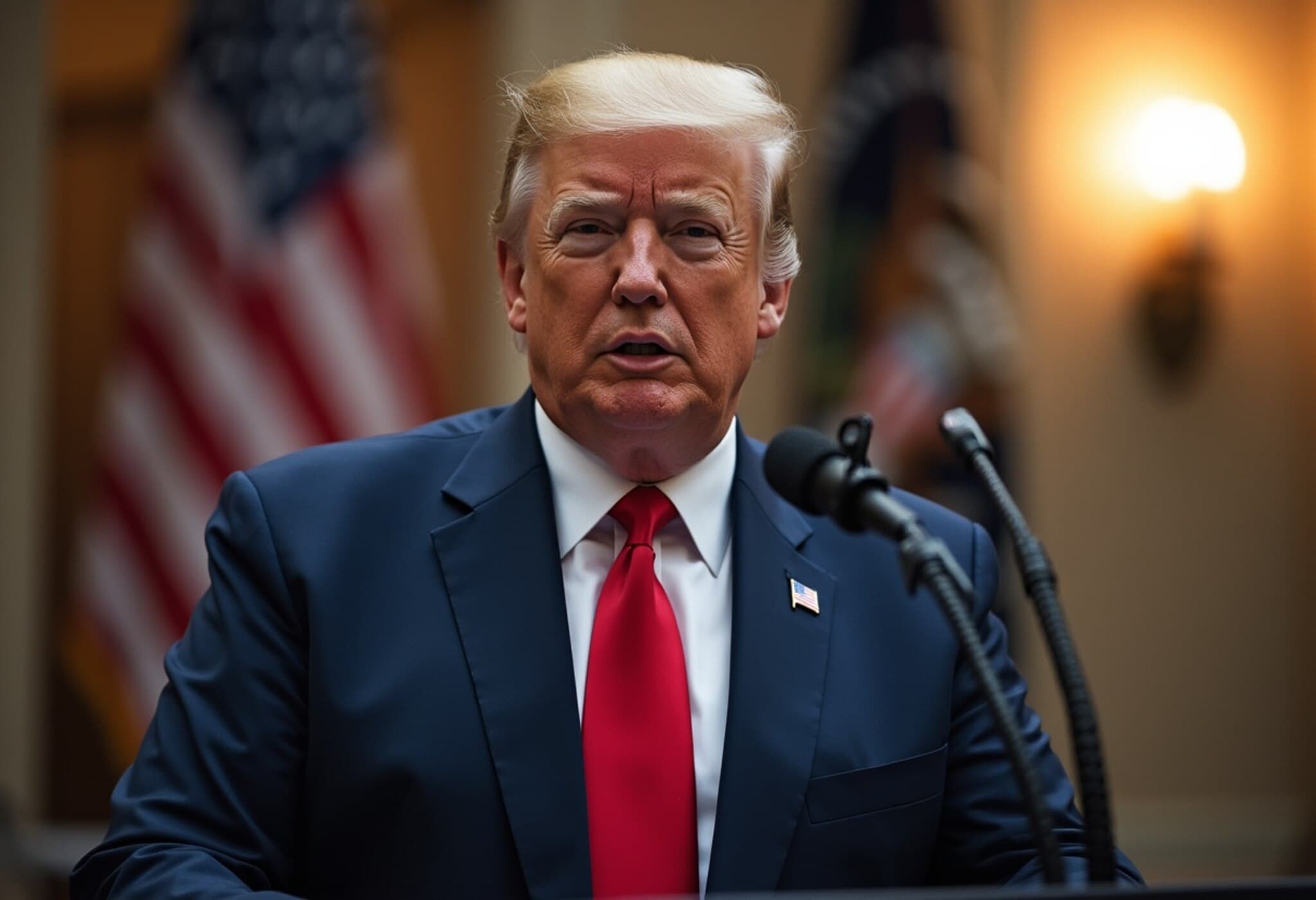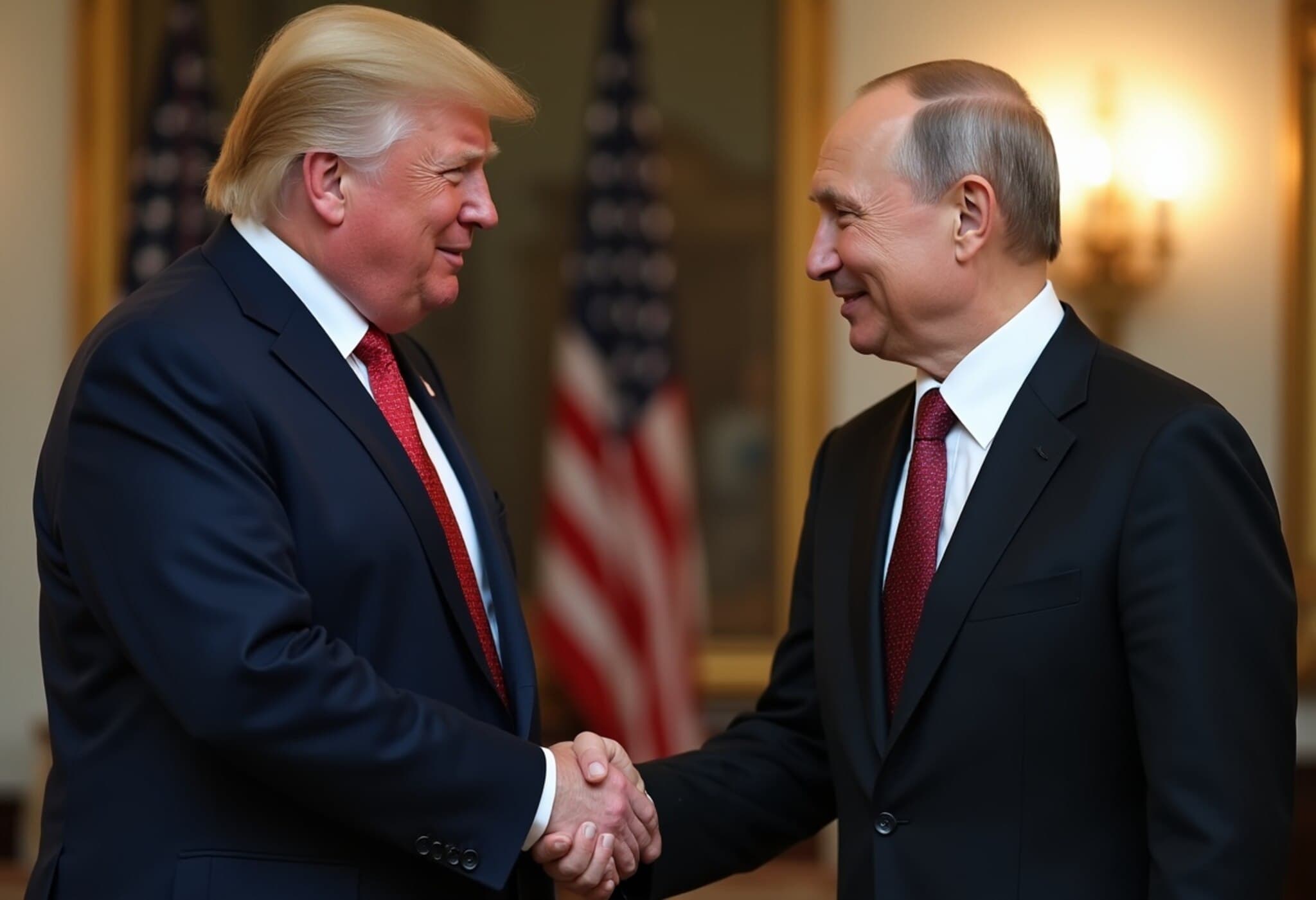Trump Announces Imminent Tariffs on Steel and Semiconductor Imports
In a bold move aimed at revitalizing American industry, former US President Donald Trump revealed plans to impose tariffs on imported steel and semiconductor chips within the next two weeks. Speaking aboard Air Force One en route to a high-stakes meeting with Russian President Vladimir Putin in Alaska, Trump emphasized his administration's commitment to strengthening domestic manufacturing sectors.
Graduated Tariff Rates Designed to Encourage Domestic Production
Trump outlined a strategic approach where initial tariff rates would be relatively modest, granting companies a window to invest and expand production facilities within the United States. However, these tariffs would ramp up sharply after a defined period, creating a strong financial incentive for manufacturers to shift operations stateside.
"I'm going to have a rate that is going to be lower at the beginning – that gives them a chance to come in and build – and very high after a certain period of time," Trump explained, though he did not specify exact percentages. This graduated scale mirrors the administration's earlier proposal for pharmaceutical tariffs.
Implications for US Trade and Industry
Trump's announcement reaffirms his broader protectionist agenda, which has upended traditional trade relations by imposing steep duties on a wide array of imports. Earlier this year, steel and aluminum tariffs were set at 25%, with threats to double the steel tariff to 50% to further shield American producers.
The sudden prospect of a 100% tariff on semiconductor imports, as mentioned by Trump last week, signals heightened efforts to shore up critical high-tech manufacturing capabilities amid growing global competition. Importantly, companies investing directly in US production would be exempt from these steep charges, underscoring the administration's goal of nearshoring vital supply chains.
Economic Context and Strategic Considerations
These tariff policies come at a time when semiconductor chips are recognized as essential components in everything from consumer electronics to defense technologies. The global chip shortage that shook markets recently highlighted vulnerabilities in international supply chains, prompting renewed discussions on national security and economic resilience.
By leveraging tariffs, the US aims not just to protect jobs but to regain leadership in advanced manufacturing. However, experts caution that such measures can lead to increased costs for downstream industries and may provoke retaliatory tariffs, potentially escalating trade tensions.
Expert Perspectives
- Economic Analyst Dr. Laura Mitchell notes, "While tariffs can incentivize domestic production, they must be balanced carefully to avoid price hikes that burden consumers and businesses relying on imported inputs."
- Industry Insider Raj Patel emphasizes, "Exemptions for companies investing within the US signal a pragmatic approach, encouraging long-term commitments rather than short-term profit maneuvers."
Looking Ahead: What to Expect
The coming weeks will likely unveil specific tariff rates and further nuances regarding exemptions and timelines. Stakeholders across manufacturing, technology, and trade sectors will be watching closely, as these policies could redefine the landscape for foreign investment and domestic industrial growth.
Potential Questions Raised
- How will these tariffs affect the cost and availability of steel and semiconductor products domestically?
- What measures will be adopted to mitigate any retaliatory trade actions from global partners?
- How effectively will domestic manufacturing ramp up to meet demand before tariffs fully escalate?
Editor’s Note
This announcement underscores the delicate balancing act between fostering domestic industry and navigating the complexities of global trade negotiations. Tariffs, while powerful tools, carry ripple effects that touch consumers, businesses, and international relations alike. Observers should watch not only tariff rates but also how companies respond—whether by investing in US production or absorbing costs—and how trade partners react. The coming months will be critical in shaping America's manufacturing future and its position on the world economic stage.

